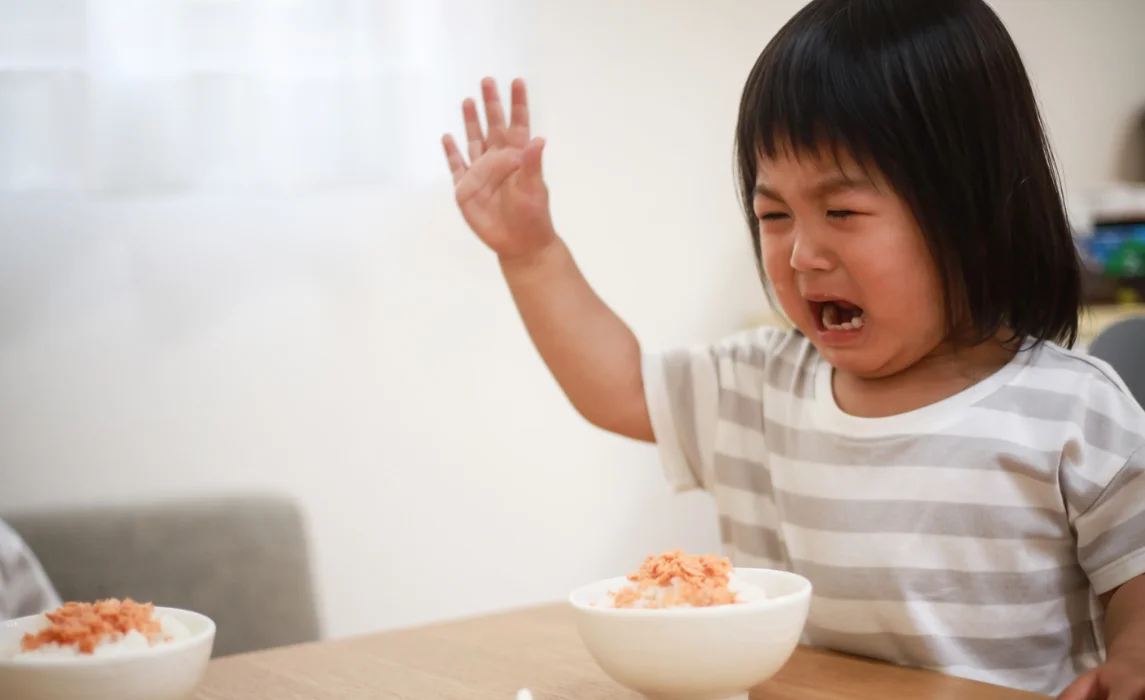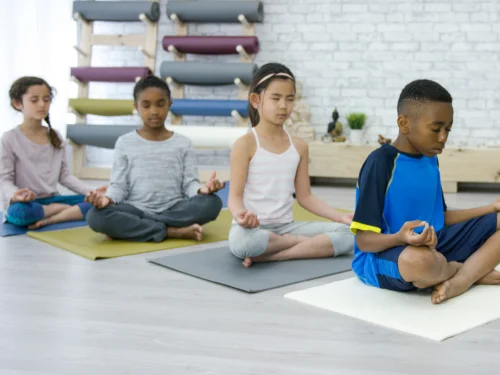How to Respond When Your Child Hits You: 11+ Calm Steps That Work
Yes—finger plays, clapping games, and dance routines that use hand gestures all help. Combine rhythm and repetition for deeper learning.
Send home simple activity ideas, kits, or worksheets. Offer short instructions and encourage family involvement. Regular practice builds lasting progress.
Try origami, sticker scenes, stringing pasta, or painting with Q-tips. Crafts that use small pieces build precision and control.
It can be shocking and painful when your child suddenly hits you. Maybe it’s a slap during playtime, a shove when they’re frustrated, or even a quick hit when you say no. While it feels upsetting, hitting is actually a common phase many children go through.
Young kids often don’t yet have the words or control to manage strong feelings. Hitting is their way of saying, “I’m mad,” “I’m hurt,” or “I don’t know what else to do.” It’s not about disrespect—it’s about immature emotion control.
Understanding this helps you stay calm. When you respond with patience and guidance, you teach your child how to handle anger safely and respectfully. Remember: children learn self-control through connection, not fear.
Why Kids Hit: Understanding the Cause

Before reacting, it’s important to look deeper into why your child might be hitting.
Here are the most common reasons:
- Overwhelming emotions: Anger, frustration, fear, or jealousy can feel too big to express.
- Limited language skills: Younger kids may hit because they can’t yet explain how they feel.
- Tiredness or hunger: Physical needs often lead to emotional outbursts.
- Testing boundaries: Some kids hit to see how adults will respond.
- Copying behavior: Children who see others hit (in shows, at home, or with friends) may imitate it.
Recognizing the root cause doesn’t mean you allow hitting—it just helps you respond with understanding. When a child feels heard and safe, they’re more open to learning new ways to express emotions.
Step-by-Step: What to Do in the Moment
.webp)
When your child hits you, it’s hard to think clearly. Try this simple 5-step plan that keeps everyone safe while teaching your child better behavior:
1. Stay Calm and Block the Hit
Take a deep breath and gently hold or move their hands away. Say firmly but kindly:
“I can’t let you hit. Hitting hurts.”
This shows your child you’re in control and will keep everyone safe.
2. Keep Your Voice Gentle but Firm
If you yell or hit back, your child may become scared or defensive. Model the calm you want them to learn. Kids mirror our reactions more than our words.
3. Acknowledge Their Feelings
Say something like:
“You’re really mad that I said no.”
or
“You wanted to play longer, and that made you upset.”
This tells your child their emotions are valid, but their actions aren’t.
4. Offer a Safe Outlet
Guide them toward a better action.
“You can stomp your feet or squeeze this pillow instead.”
“Let’s take big dragon breaths together.”
Teaching a safe way to release feelings helps your child calm faster.
5. Teach After the Storm
Once your child has calmed down, briefly discuss what happened. Keep it short:
“Next time, when you’re angry, use your words or ask for help.”
Avoid long lectures—they tune out when overwhelmed.
What to Say in Different Situations
.webp)
Simple, repeatable phrases help children remember what’s expected.
- Toddler (1–3 years): “No hitting. Gentle hands. Let’s pat instead.”
- Preschooler (3–5 years): “It’s okay to be mad, but hitting hurts. Say, ‘I need a break.’”
- Early school age (5–7 years): “You can tell me you’re upset instead of using your hands. Let’s think of better words to say.”
Consistency helps. Using the same phrases over time builds understanding and self-control.
How to Help Your Child Learn from It
.webp)
After your child calms down, it’s time for teaching and reconnection. Here’s how:
Reconnect Emotionally
Your child might feel guilty or confused after hitting. Offer a hug, sit close, or simply stay near. This reassures them that even though their behavior wasn’t okay, your love is unconditional.
Talk About What Happened
Ask gentle questions:
“What made you feel like hitting?”
“What could we do next time when we feel angry?”
Discuss ideas like walking away, breathing deeply, or asking for help.
Practice Repairing
Guide your child to make things right:
“You hurt me earlier. Would you like to give a hug or draw a sorry card?”
This teaches empathy and responsibility without shaming.
How to Prevent Future Hitting
The best way to stop hitting is to help your child avoid getting overwhelmed in the first place. Prevention takes practice but makes a big difference.
- Watch for triggers: Notice when hitting usually happens (before meals, bedtime, or big changes).
- Keep routines steady: Predictable routines make kids feel secure.
- Use role play: Practice calm responses using dolls or toys.
- Model gentle behavior: Show how you handle frustration respectfully.
- Praise positive behavior: When your child uses words instead of hands, say, “I love how you used your words to tell me you were mad.”
When you consistently model and teach calm problem-solving, your child learns there are safer ways to express emotions.
Common Mistakes to Avoid
Even the best parents slip up sometimes—but knowing what not to do helps you stay on track.
- Don’t hit back: Responding with violence teaches that hitting is an acceptable way to solve problems.
- Don’t shame or label: Say “That behavior isn’t okay” instead of “You’re bad.”
- Don’t ignore it: Kids need clear boundaries and calm guidance every time it happens.
- Don’t over-explain mid-meltdown: Wait until your child is calm to talk or teach.
Gentle firmness is key. You can be both kind and in control.
You May Also Like: Child Swallowed a Penny: What Parents Should Do
Handling Hitting in Public
.webp)
Being hit in public can be embarrassing, but remember—every parent has been there.
If it happens:
- Stay calm and move to a quieter spot.
- Block the hit and say, “I won’t let you hit.”
- Keep your tone low and even.
- Once calm, quietly explain why hitting isn’t okay.
Don’t worry about what others think—your calm response teaches your child far more than yelling ever could.
You May Also Like: Conflict Resolution for Kids: How to Teach Peaceful Problem-Solving
When to Seek Professional Help
Hitting usually improves as kids grow and learn emotional control. But sometimes, extra support is helpful. Talk to your pediatrician or child therapist if:
- Your child hits often or causes injury.
- Hitting happens even after consistent teaching and structure.
- There are other concerns like extreme anger, delayed speech, or sensory issues.
Early guidance can make a huge difference and teach you both new strategies.
You May Also Like: How to Get Children to Listen: 8 Practical Strategies for Parents




